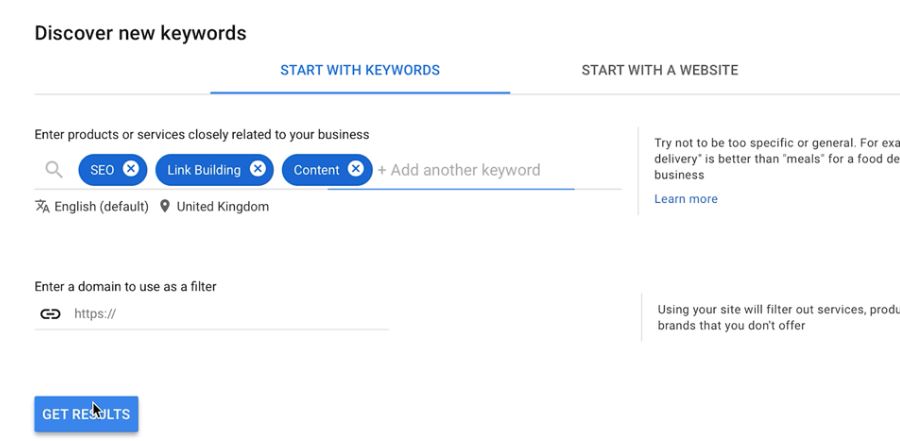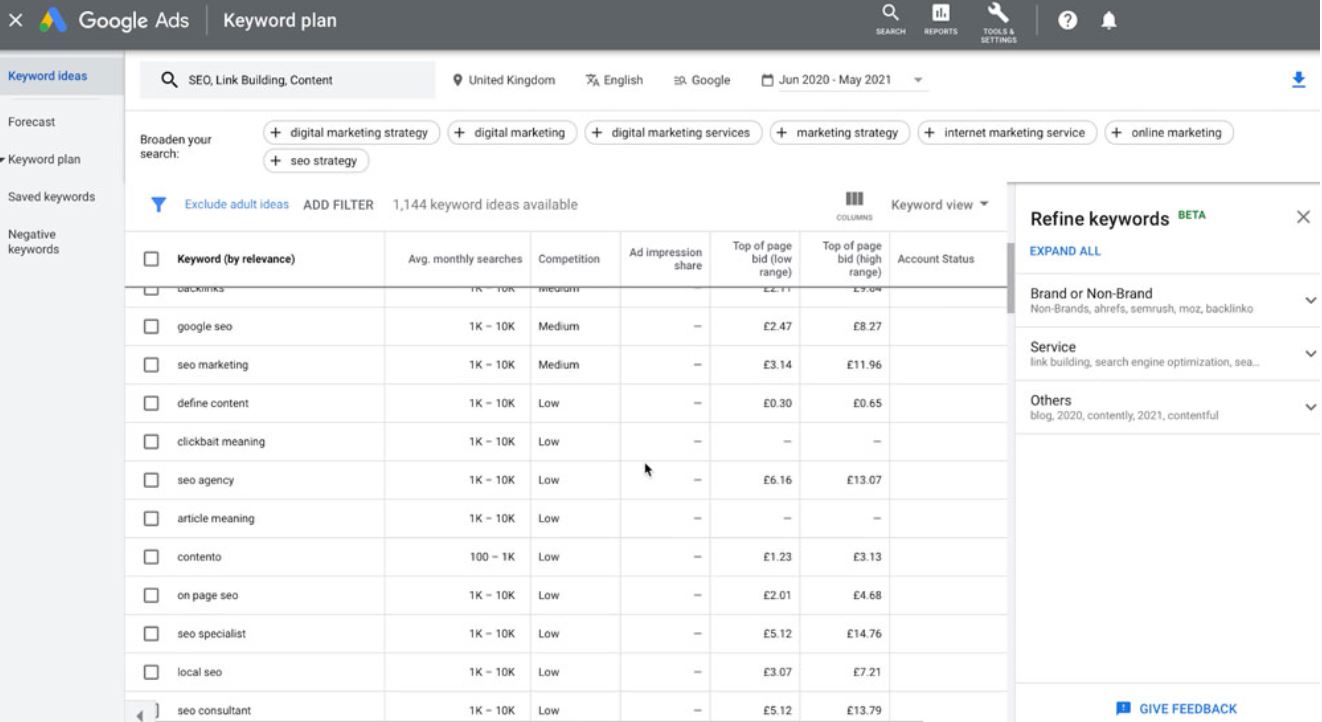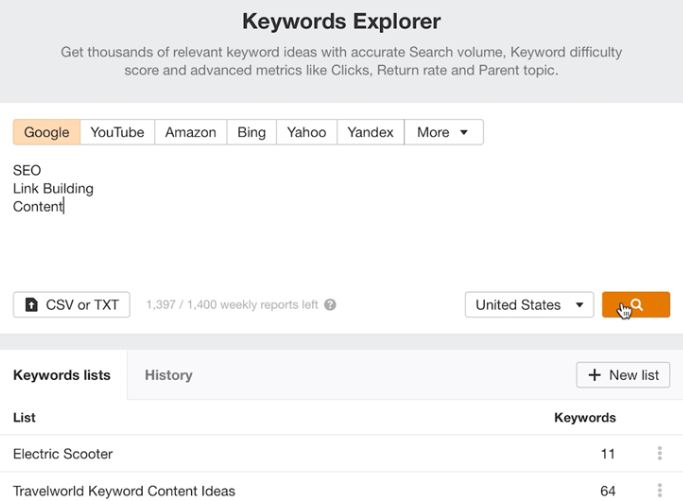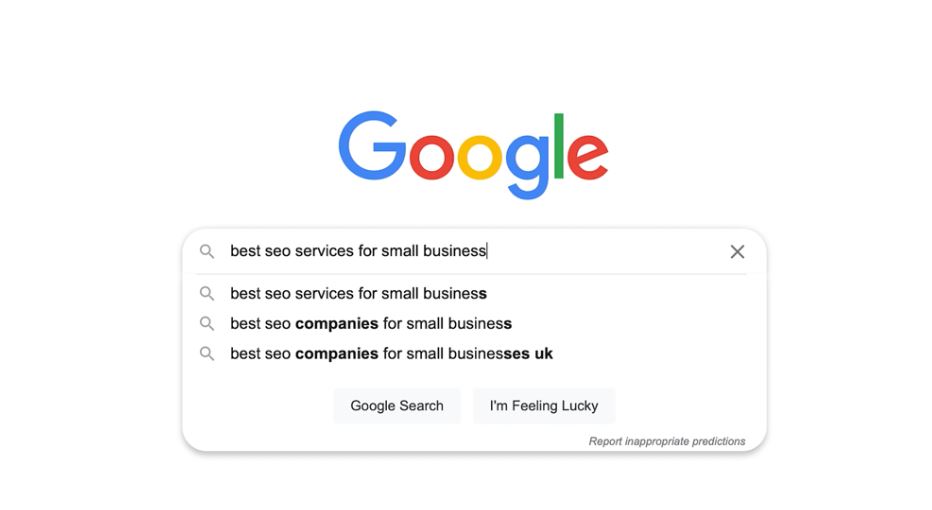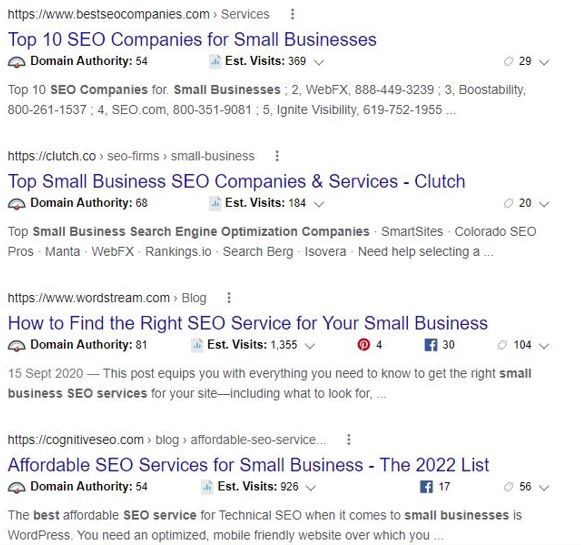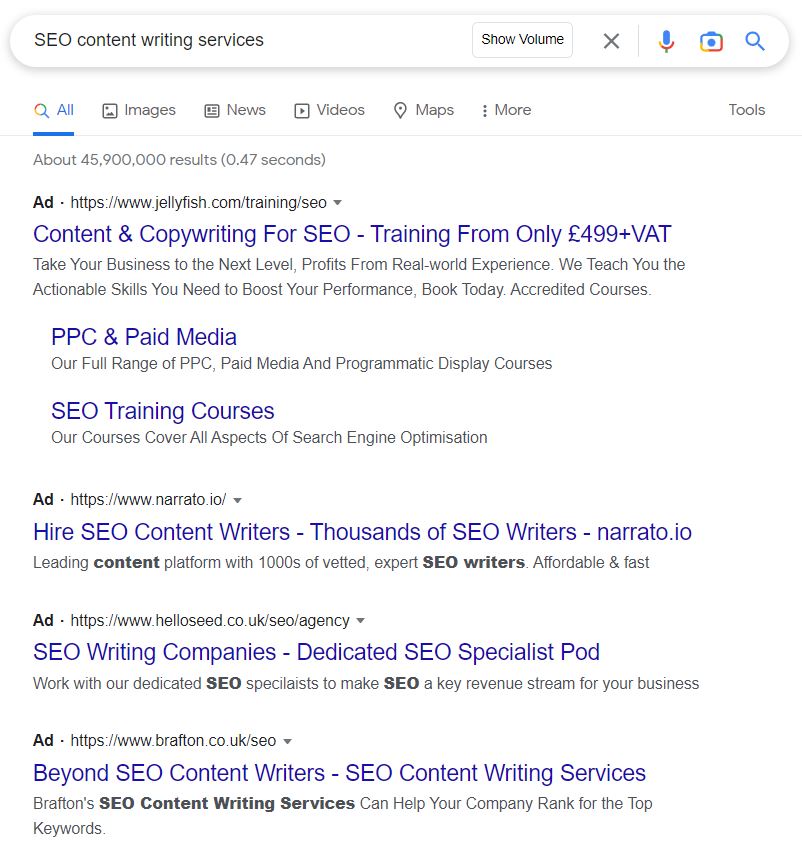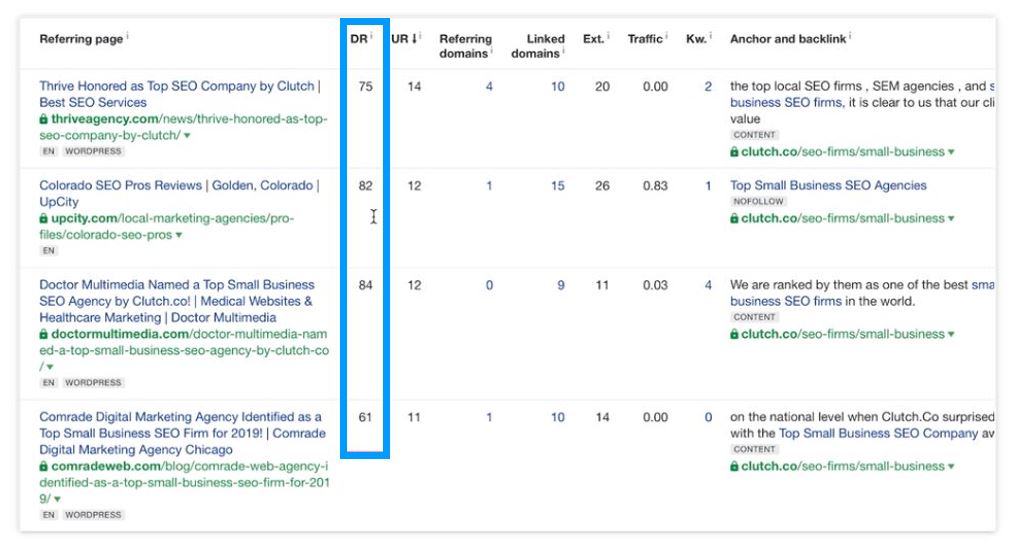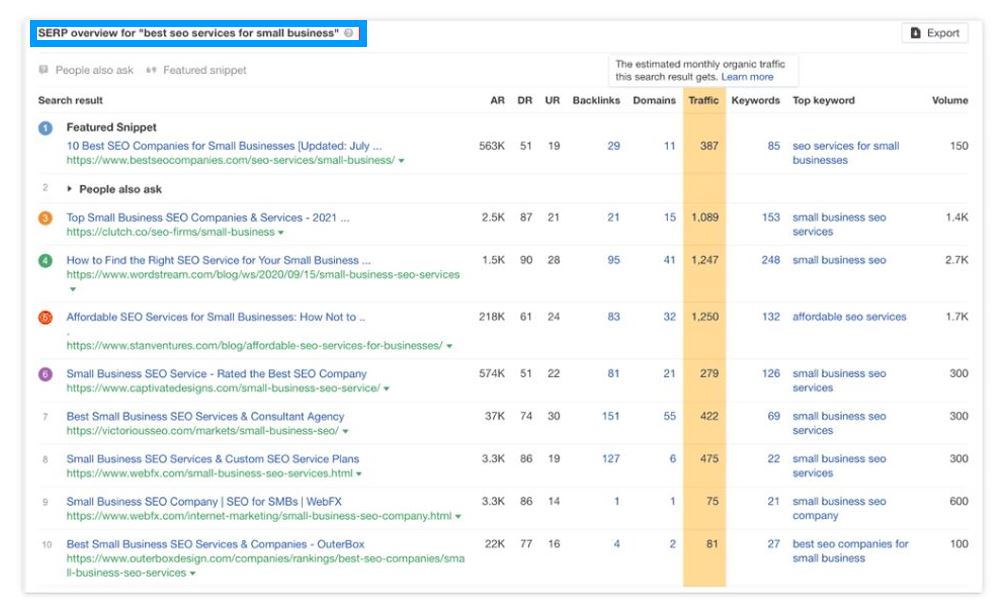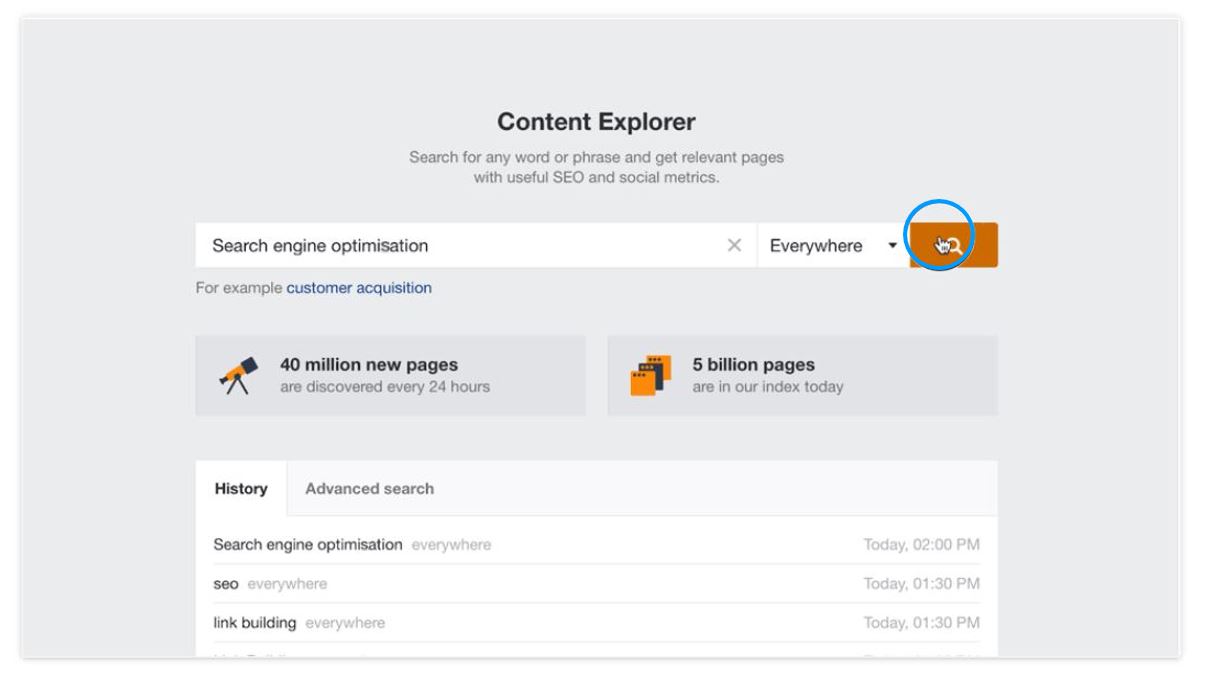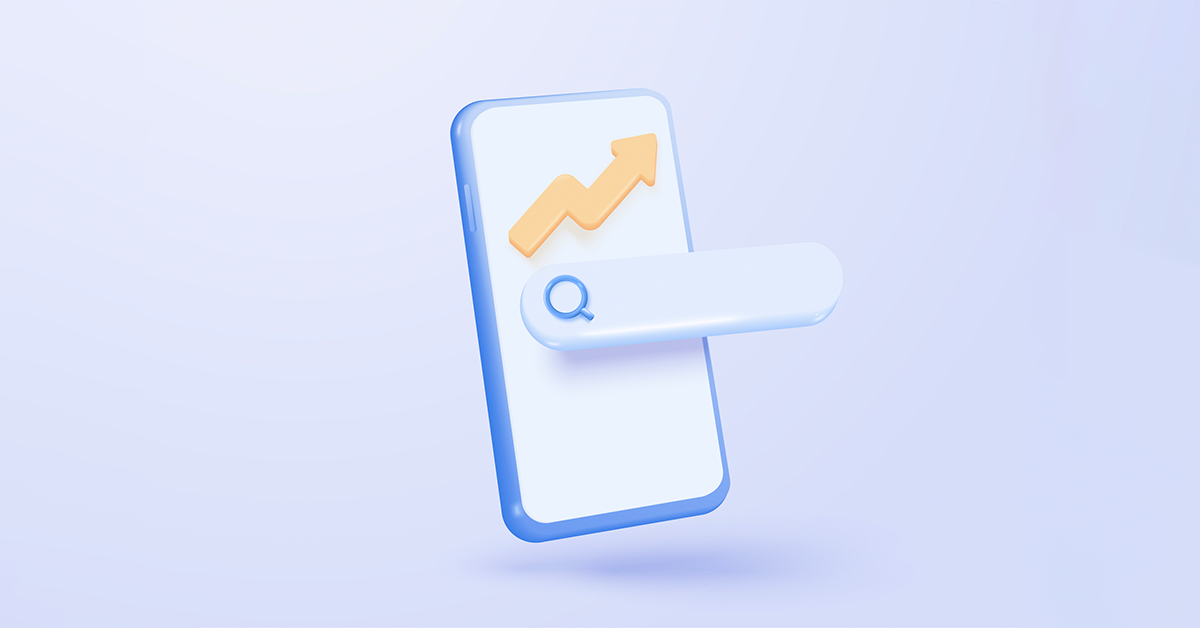Ranking for competitive keywords is a notoriously difficult task, particularly if your website is new or has no online presence. Does that imply that you shouldn’t go for difficult-to-rank keywords? Absolutely not. However, it does imply that you should put more of a focus on keywords with less competition.
This blog will cover the following:
- What are low-competition keywords?
- What is keyword competition?
- What does finding low-competition keywords mean?
- Why are low-competition keywords important?
- How to find high volume, low-competition keywords
- Low competition keyword success
What are low-competition keywords?
Low-competition keywords are those that fewer businesses and websites openly compete for on the search engine result pages. These keywords provide golden opportunities for search engine optimisation (SEO) strategies because they face less competition. To rank for them and receive organic traffic to your website, you often won’t need to establish many links or have a strong domain rating.
What is keyword competition?
It’s quite simple to select keywords. The challenging part is selecting the right ones. When it comes to choosing the right keyword, how can we know whether it is important or not? Take a look at your competition. In addition, there are also tools available like Keywords Everywhere, SEMrush, and MOZ that can provide difficulty scores and other keyword metrics.
What is keyword competition analysis?
So, what exactly is keyword competition analysis? Understanding the keywords that your competitors are ranking for through keyword competition analysis provides you with useful information that can enhance your website. It aims to show you how to make your keyword usage more effective so you can reach more of your audience and increase conversions. As a result of the internet’s availability of keyword information, businesses can determine whether they need to rectify weaknesses in their strategy or seek new keyword niches. You may come up with fresh ideas for how to make your website stand out from the crowd by researching your competitors.
What does finding low-competition keywords mean?
You’re going to have a difficult time if your competitors have higher budgets and more established quality ratings and reputations. So, what’s the best way to win on a low budget when you are a newcomer? Look for keywords that aren’t as popular or competitive. Perhaps fewer people are searching for them, but you will find it easier to rank for these keywords. The three qualities of the ideal keyword are high search volume, low competition, and of course relevance to you, your business, your products, or your services.
Why are low-competition keywords important?
They provide your business with the initial growth it needs to begin developing a stronger long-term plan. As SEO experts, if we start with a client who is:
- A start-up
- Has a new website
- Has little to no domain rating
- In a super competitive industry
Or a combination of the above, the pressure to achieve results quickly sets in. We need to leverage our SEO knowledge to ensure that our clients stick around!
While every client acknowledges that SEO can take six to twelve months to see considerable results, after the third month with no sales, they become uneasy. And for this reason, low-competition keywords are essential in both content marketing and SEO campaigns. Low-competition keywords can be found by performing little to no link building and having little to no domain authority.
If done correctly, simply creating a blog with the aim of low-competition keywords can produce long-tail rankings and relatively quick traffic. Even better, it gives a strong foundation on which to write more competitive topics and pursue difficult, frequently volume-rich topics.
How to find high volume, low-competition keywords
Now that you have a better understanding of low-competition keywords, let’s look at how you can find them.
1. Generate a list of potential keywords
Create a list of generic, top-level keyword suggestions and niche-relevant topics as your initial step. These top-level keywords are also referred to as seed keywords. To locate your low-competition keywords, you should make a list of seed keywords to serve as a starting point. Start by considering your industry as you compile your list. So, for example, if the niche is SEO you would begin with seed keywords like:
- Search engine optimisation
- Link building
- Content
Additionally, take a look at the words you constantly utilise throughout the pages of your website.
Tip: Just write down any ideas that come to you but make sure to take your time with this!
2. Use Google Keyword Planner to conduct research
You must now add more keywords to your list. Here you’ll construct an extended list of keywords that sit below the seed keywords. Google Keyword Planner is a free tool that offers additional suggestions for your original term. So, let’s use the Keyword Planner Tool to insert our seed keywords.
You can perform a variety of clickable searches connected to the initial keyword on Google. Alternatively, you can focus your search by using the generic search intent.
Additionally, Ahrefs, a tool that offers a high level of detail, is also a good choice. Using Ahref’s Keyword Explorer Tool, enter your seed keywords.
Access the Matching Terms report. You’ll find that the tool lists a lot of keywords, so you’ll need to cut this down even more. Nearly 1.7 million keywords.
3. Check keyword difficulty
Checking the keyword difficulty comes next. A measure of keyword difficulty lets you know how challenging it will be to appear on Google’s first page for a given search query. It is calculated based on the weighted average of backlinks to the top 10 search results. The easier it is to rank for a keyword, in theory, the lower the keyword difficulty. This is because there won’t be many linking domains among the top 10 ranking URLs.
Tip: Utilise Ahref’s to access this because it’s simple to filter through a long list of keywords according to their Keyword Difficulty scores. You can narrow down the terms that match, as well as set the minimum keyword difficulty value as 0 and the highest value being 30.
There are now just over 28,000 viable low-competition keywords. However, you can’t just rely on the keyword difficulty metric. Backlinks are a significant ranking component, but they aren’t the only ones. You will therefore need to analyse these keywords based on a few other factors.
4. Check search intent
The purpose of a searcher’s query on search engines is known as search intent. For example, someone may utilise search engines to find something, learn more about something, or buy something. You should select keywords whose search purpose makes sense for your business or brand. Even if the keyword difficulty score is low, you won’t rank if you can’t align the content you produce with the search intent.
Let’s examine the top search results for the search phrase “Best SEO Services for Small Business.” You want to know if the top-ranking URLs are transactional product pages, informative blog posts, or anything else.
After scrolling past the ads, the results are primarily blogs with titles such as “Top 10 SEO Companies for Small Businesses” and “How to Find The Right SEO Service for Your Small Business.”
Let’s now examine the content format. The majority use a listicle structure for a full blog post. You need to make sure that you can match this content type and perspective if we wanted to rank for this search keyword. If you search “SEO Content Writing Services”, on the other hand, the top-ranking websites are businesses that provide these services.
Therefore, you wouldn’t want to rank for this keyword if you don’t offer this service. This is because the users who use these keywords to search aren’t your target audience. By focusing on these keywords, you won’t increase traffic or generate conversions.
5. Analyse the domain authority of competing websites
It doesn’t necessarily indicate that it’s a good search term to target just because you believe you can match the search intent and obtain more backlinks than those already ranking in the search results. You must analyse the ranking sites’ authority or brand equity and compare it with your own. You can do this by utilising a free domain authority checker.
Let’s go back and have a look at “Best SEO Services for Small Business.”
The Domain Ratings (DR) for these websites are rather high, with sites like WordStream having a DR of 90.
The DR lets you know how reliable a domain is in the eyes of search engines. The more trustworthy a domain is the more likely it is to rank well, and the higher the rating. From the image above, it is visible that there aren’t many backlinks here, so let’s examine one of them more closely.
The DR of the connecting sites is rather high, and they have a significant number of backlinks of high quality, implying that it will be quite challenging to rank for this search keyword.
Tip: If you want to find good keywords to target, look at the referring domains in the search results that have low domain ratings!
6. Examine the traffic potential
The goal is to identify low-competition keywords with high traffic potential, but they are frequently difficult to find. To finish off, let’s walk through a few incredibly easy ways to find them.
On Ahref’s you can see the anticipated monthly organic traffic each page in the search result receives, giving you an idea of the traffic. you can expect if you obtain that specific position.
One such method is to use Ahref’s Content Explorer to locate low-competition keywords. This starts by addressing the content topic first. Entering one of the original seed keywords – SEO, link building, or content.
At this point, filters can be applied. The example below shows the referring domains lower than 10 and the page traffic to those over 500 organic searches.
Remember: In order to view more details, make sure you click the details button right of the search result.
Remember: While focusing on low-competition keywords is a smart technique to incorporate, ranking for high-difficulty keywords is challenging for a reason.
Because high-difficulty keywords have substantially greater search volumes and provide more potential to produce many more leads and ultimately conversions, every website wants to rank for them. To increase your authority, brand awareness, and the number of high-quality backlinks that point to your website, you should leverage your aim of ranking for low-competition keywords to build those other, more desirable, large volume, highly competitive keywords. Simply use this 6-step procedure every time you conduct keyword research to find low-competition terms for your website or clients.
Low competition keyword success
There is one more thing you need to know about low-competition keywords now that you are fully informed. Research is great, and choosing the perfect keywords is undoubtedly essential for initial success, but if you want your hard work and research to result in traffic to your website, you’ll need to implement it all correctly. Some really good writing needs to be added to the content informed by your keyword research! Your blog can include all the keywords you want, but if the content is poor, it simply will not rank that well.
Finally, when discussing your subject, ensure the content is helpful and informative. This establishes you as an authority That people will return to if they know the content is of high quality.
Competition among keywords varies. You should always carefully check the top-ranking pages before developing content because no keyword difficulty score takes into account all factors which affect competitiveness. If you don’t, you risk choosing keywords that aren’t low-competition. Although there is nothing wrong with that, such keywords ought to be medium or long-term goals rather than short-term targets.
We hope you have found this blog informative! At LOCALiQ we have a variety of SEO experts that can help you further. Get in touch today for a free consultation.


